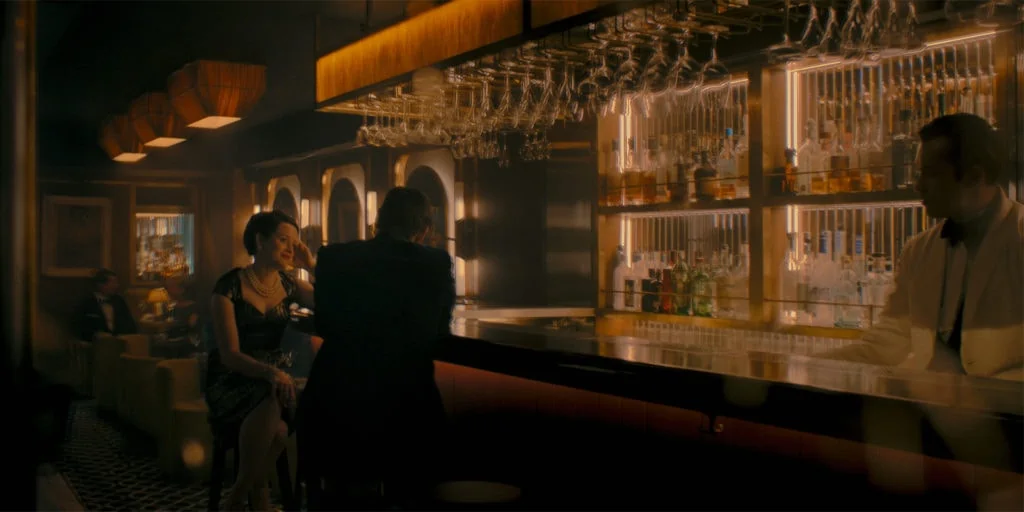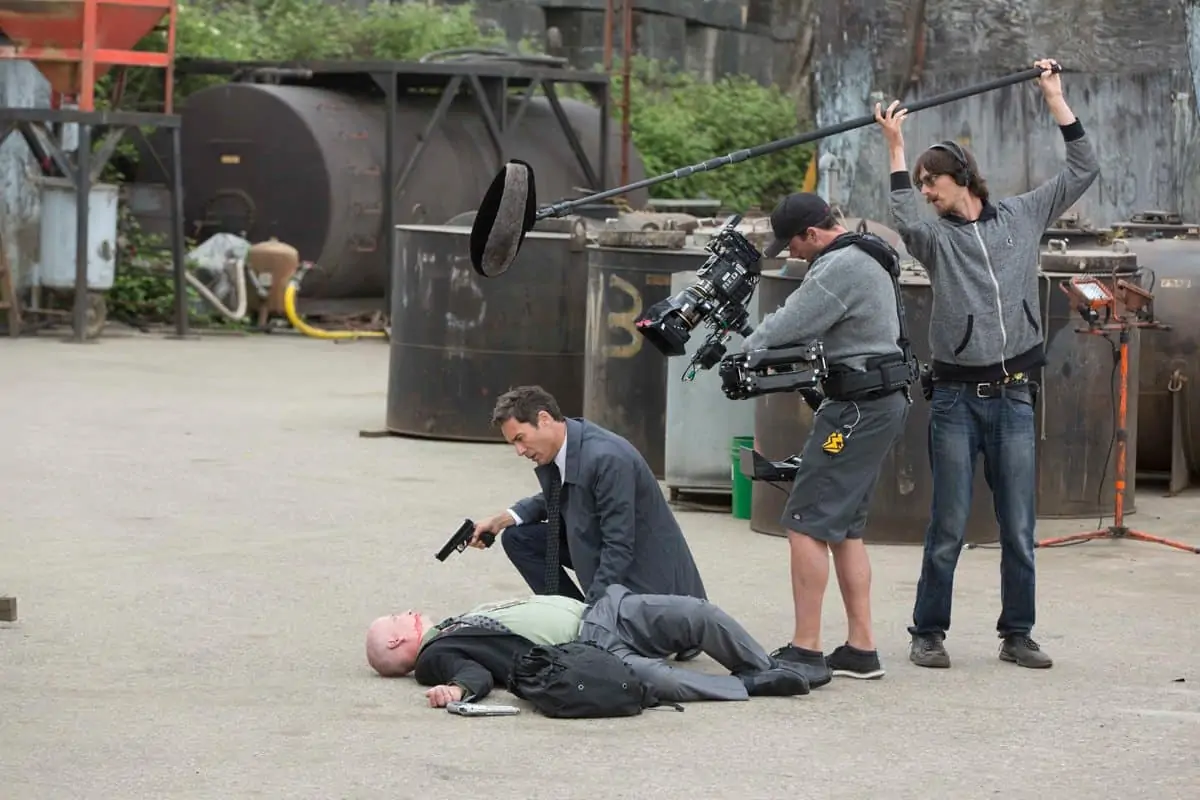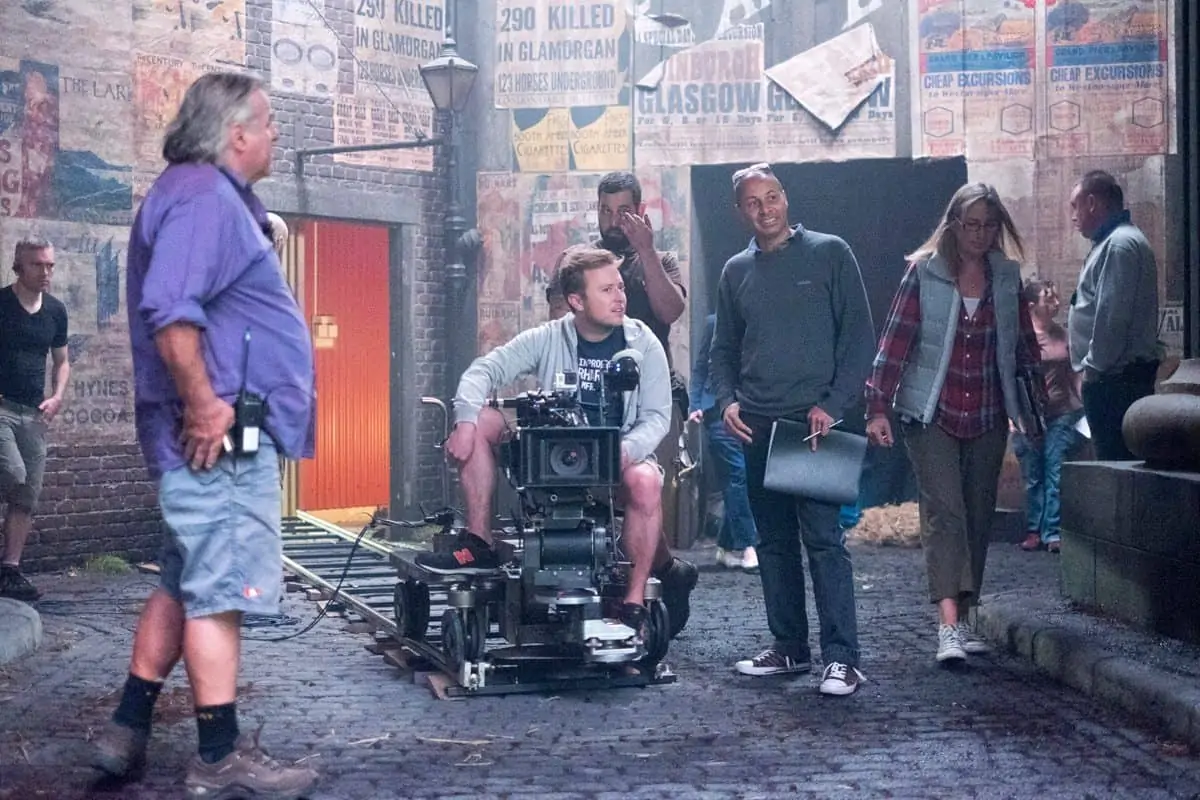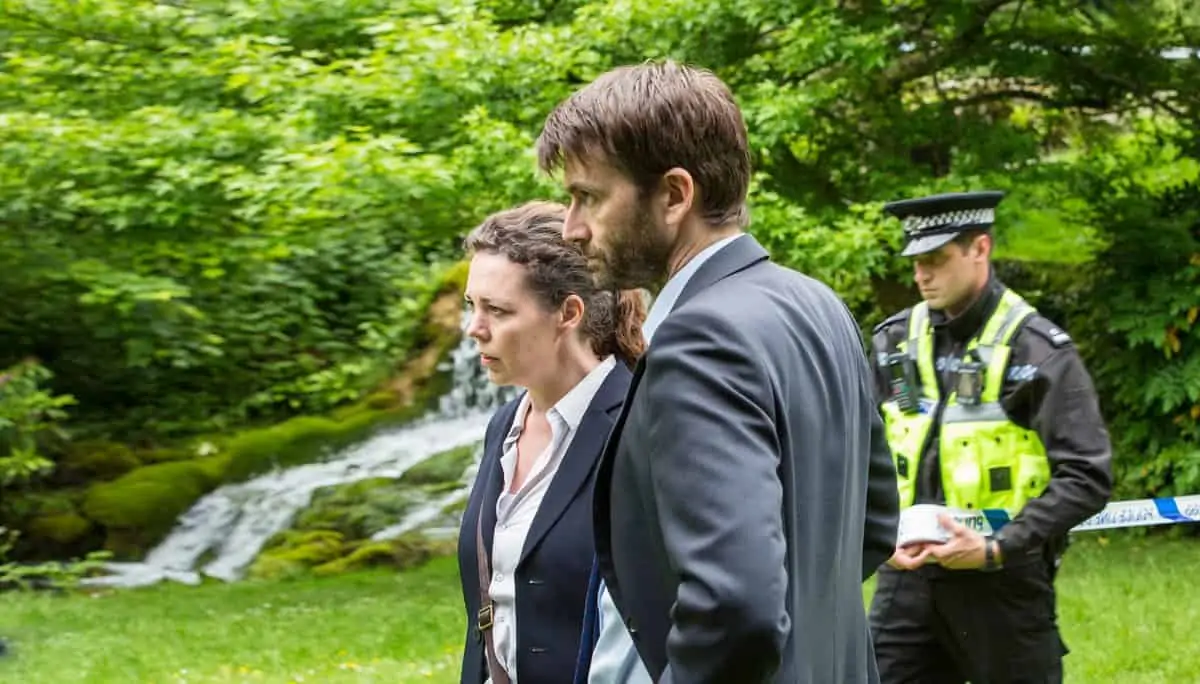In 2018, Amazon Prime and the BBC produced A Very English Scandal, a drama depicting the real-life events of a 1979 murder trial involving the elite of British politics. With that success in mind, the two organisations recently reunited to create A Very British Scandal, a three-episode miniseries directed by Anne Sewitsky and photographed by Si Bell.
Starring Claire Foy and Paul Bettany, the story follows the infamously acrimonious divorce of the Duke and Duchess of Argyll in the 1960s. Bell describes it as “in the same vein as A Very English Scandal, but it’s a different story. Anne wanted this to be slightly more of a cinematic piece.”

Sewitsky, Bell continues, was keen to create a production which avoided theatricality and the formal camerawork perhaps most associated with period drama, embracing what Bell refers to as “a style where we were very close to the actors. We wanted lenses with a very short close focus so we could get up close and personal without dioptres. We knew we wanted to use the DJI Ronin 2 a lot, and we didn’t need to be true 4K, so if we wanted to use the Alexa Mini that was fine. We knew we were going to do a lot of handheld.”
Bell’s thoughts turned “anamorphics, maybe older ones would be interesting, but we needed this close focus so the Canon K35s came up. Alexa Mini with the K35s looks great. We can put in the Ronin, I can have it handheld and move around very instinctively, from a wide right into a super close-up.” Equipment came from Canning24, with a location conveniently in Bell’s hometown of Newcastle. “I’ve worked with Jamie [Hutchinson, Canning24 director] since I first started in the industry. I did Peaky Blinders with him, A Christmas Carol, Britannia, and all these low budget features.”

With much of the production handheld, Bell knew that the lighting would need to establish consistency and polish, showcasing the camera’s mobility. “Say we had the house interior location, and we were walking down the stairs and going through the rooms. Or in the castle, there’s a gimbal shot which is in three different rooms. Every bit of that is lit. The back room is lit by machines, the other room is lit by the sun, but the corridor is lit by different lights… it’s all lit right.”
The implication, Bell says, is that “You’re going to need all the lighting equipment available. But the naturalistic element you get when you can go down the stairs and out the door really gives it something different.” Exteriors, Bell says, often relied on line producer Donald McKinnon and his organisational efforts. “We were doing precalls, getting up at the crack of dawn and doing super low sun shots of the castle on the drone, or shots of the car in Glencoe.”

A Very British Scandal was graded at De Lane Lea by Asa Shoul. Bell describes making “shadows a bit cooler, then a lot warmer in the highlights. The practicals became quite warm. We also added film grain – it has quite a lot of grain. We did that with a plugin which I thought looked great. Asa is great because he’s got Baselight, so we can do little VFX jobs in the grade and fix things.”
“We wanted it to have a different look,” Bell concludes. “Traditional in a very high-end way, but we wanted it to feel more intimate, and Anne certainly pushed that.”
A Very British Scandal was broadcast on BBC One in late December and is currently available on iPlayer and Amazon Prime Video.



















